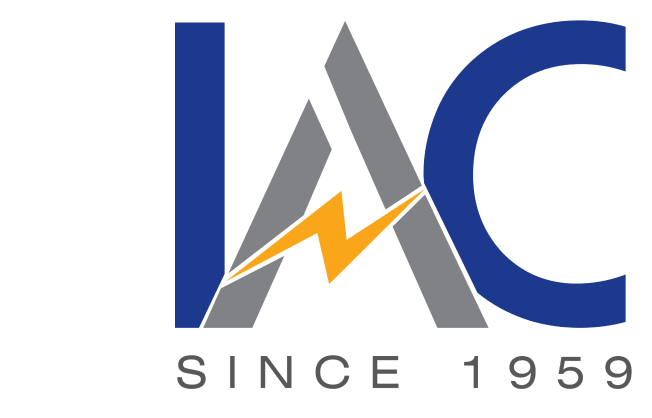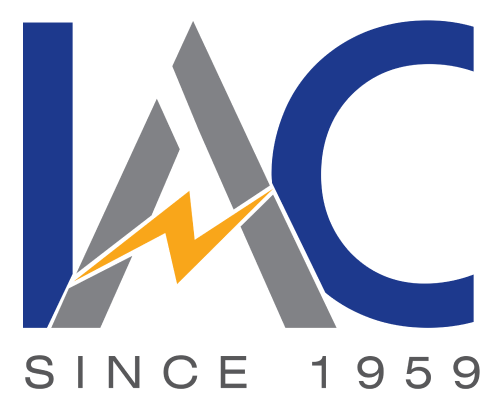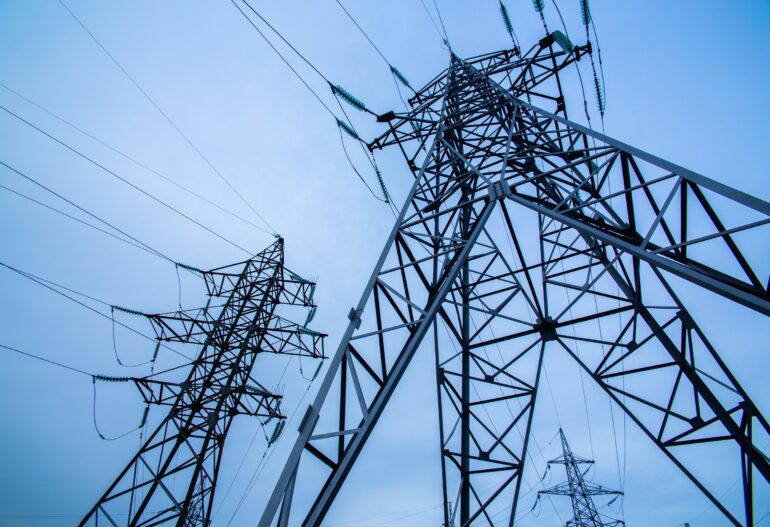Electrical clamps and connectors are fundamental components in the world of electrical systems and technology. These essential devices enable secure and efficient electrical connections, ensuring the seamless flow of power and data.
Electrical clamps are used to secure conductors and cables in place, preventing disruptions and minimizing wear and tear. Connectors, on the other hand, provide a means to join or terminate wires and cables, allowing for reliable transmission of signals and electricity.
In this dynamic and ever-evolving field, understand the diverse types and applications of clamps and connectors, this blog will help you understand. So, read on!
What is Clamp?
A clamp is a device used to hold or secure objects tightly together to prevent movement or separation through the application of inward pressure. Clamps are used in a wide variety of applications, including woodworking, metalworking, construction, and manufacturing.
Types of clamp?
There are many different types of clamps, each designed for a specific purpose. Some common types of clamps include:
- Bar clamps: Bar clamps are the most common type of clamp. They have two adjustable jaws that are connected by a metal bar. Bar clamps can be used to clamp objects of various sizes and shapes.
- C-clamps: C-clamps have a C-shaped frame and a single adjustable jaw. They are often used to clamp workpieces to a workbench or other surface.
- Spring clamps: Spring clamps are small clamps that use spring pressure to hold objects together. They are often used to clamp paper, fabric, and other lightweight materials.
- Pipe clamps: Pipe clamps are used to clamp pipes and other cylindrical objects. They have two adjustable jaws that are connected by a metal band.
Use Of Clamp
After knowing the types of clamps, need to know their uses. They are typically made of aluminum or copper and are designed to withstand high currents and voltages. Substation clamps are available in a variety of sizes and shapes to accommodate different types of conductors.
Some of the specific uses of substation clamps include:
- Connecting bus bars together.
- Connecting bus bars to circuit breakers and other equipment.
- Connecting incoming and outgoing transmission lines.
- Connecting grounding conductors.
Substation clamps are an essential component of high-voltage substations, and they play a vital role in the safe and reliable transmission of electricity.
Some Examples of Clamp
Here are some examples of substation clamps:
- Bolted clamps: These clamps are used to connect two conductors together using bolts.
- Compression clamps: These clamps use compression to hold two conductors together.
- Spring clamps: These clamps use spring pressure to hold two conductors together.
- Saddle clamps: These clamps have a saddle-shaped body that fits around two conductors.
Substation clamps must be installed and maintained properly to ensure safety and reliability. They must be inspected regularly for signs of wear or damage. However, there are distinct differences between clamps and connectors, to understand that let’s see the definition of connectors.
What is Connector?
Connector equipment is a type of electrical equipment that is used to connect two or more electrical circuits together. It is an essential component of electrical systems, and it is used in a wide variety of applications.
Types of connectors?
Connector equipment can be classified into two main types:
- Plugs and sockets: These are the most common type of connector equipment, and they are used to connect two or more electrical circuits together manually.
- Terminals: These are used to connect two or more electrical circuits together permanently.
Uses Of Connectors?
Connectors play a vital role in various industries. Linemen use wedge connectors to join aluminum conductors in power lines, ensuring efficient electricity transmission. Technicians rely on bolted connectors to connect copper conductors within electrical panels, ensuring reliable circuit connections.
In manufacturing, factory workers use automatic connectors to join wires in wiring harnesses, streamlining production processes. These connectors enable safe and efficient electrical connections, making them essential components across different fields, from power distribution to electronics assembly.
Some Examples of Connectors
After knowing the uses and types of connectors, let’s see a few examples of substation connectors:
- Busbar connectors: These connectors are used to connect busbars together or connect busbars to other equipment.
- Cable connectors: These connectors are used to connect cables to other cables or to other equipment.
- Disconnector connectors: These connectors are used to isolate equipment from the power system.
- Instrument transformer connectors: These connectors are used to connect instrument transformers to the power system.
- Grounding connectors: These connectors are used to ground equipment and structures.
Substation connectors are an essential part of high-voltage substations. They play a vital role in the safe and reliable transmission of electricity. Substation connectors must be installed and maintained properly to ensure safety and reliability.
They must be inspected regularly for signs of wear or damage.
Wrap UP
When you choose proper clamps and connectors, you need to consider their types, purpose, and uses. This article provides a brief discussion about clamps and connectors, if you want to know more then contact IAC Electricals.
We will provide you with the best quality electrical equipment as per your requirements. IAC Electricals is a manufacturer and installer of substation equipment. For entire service and guidance, it can be your best fit.






